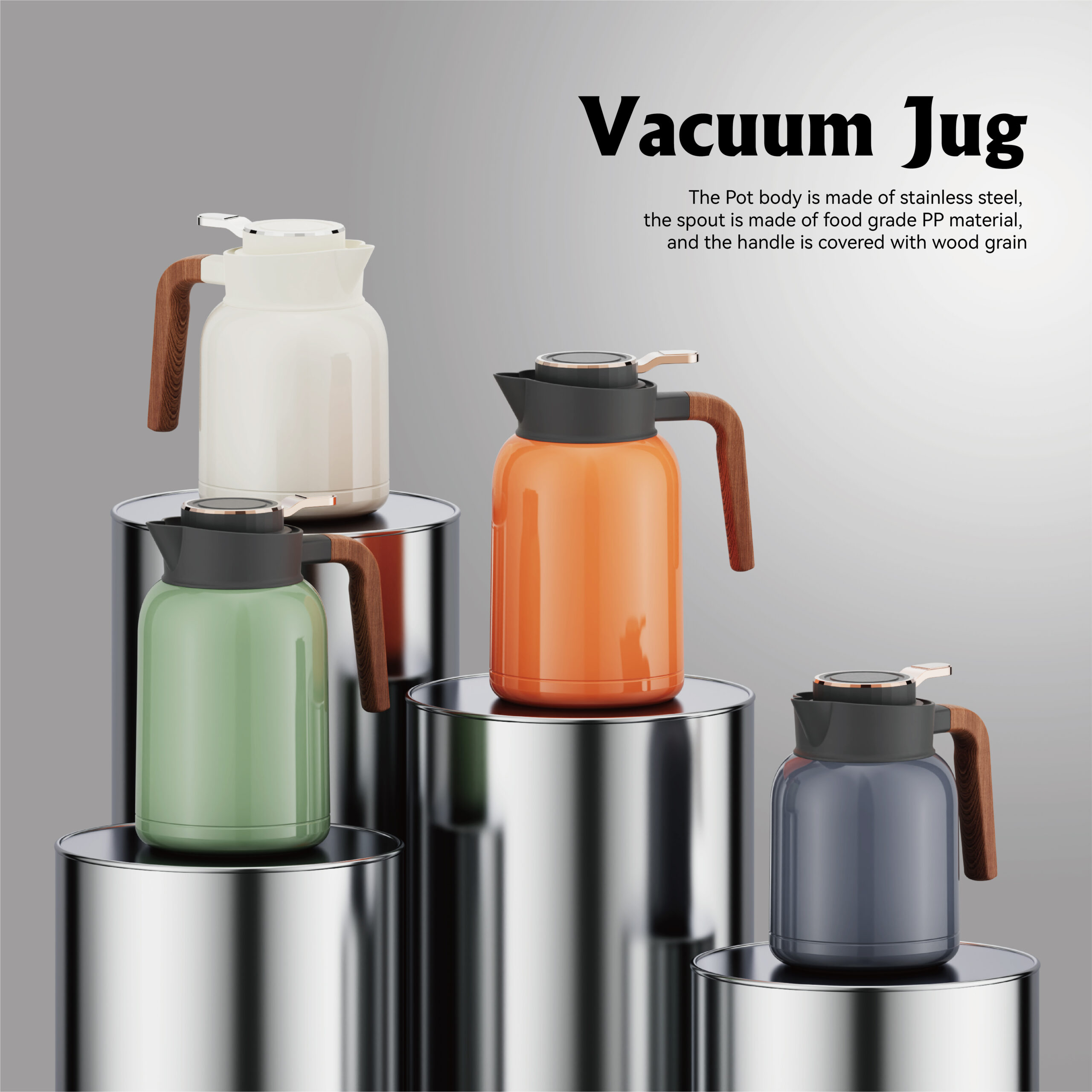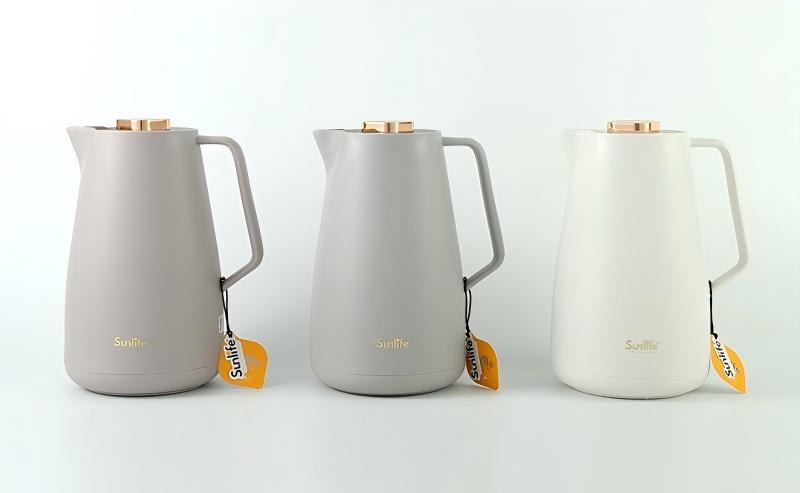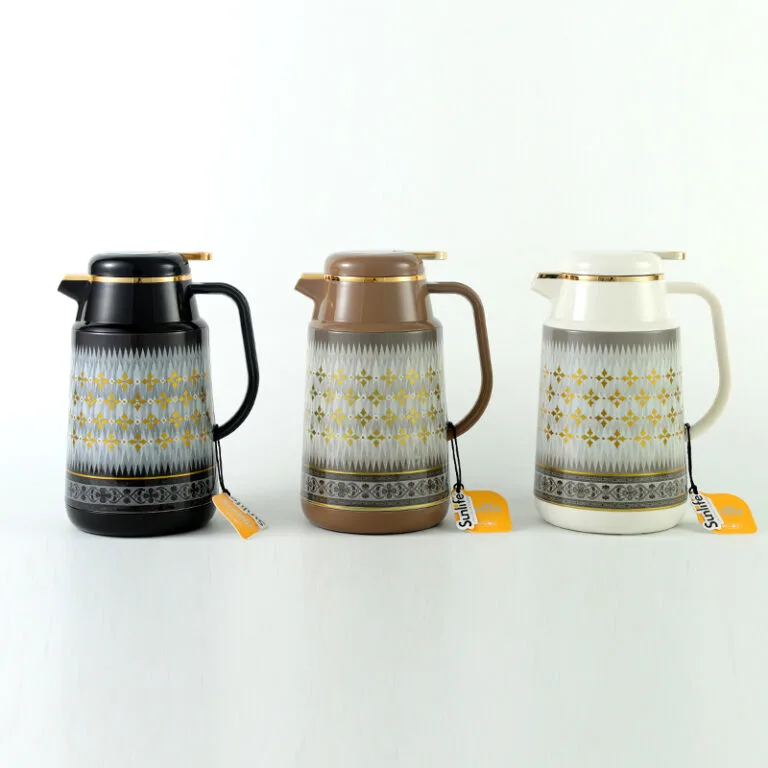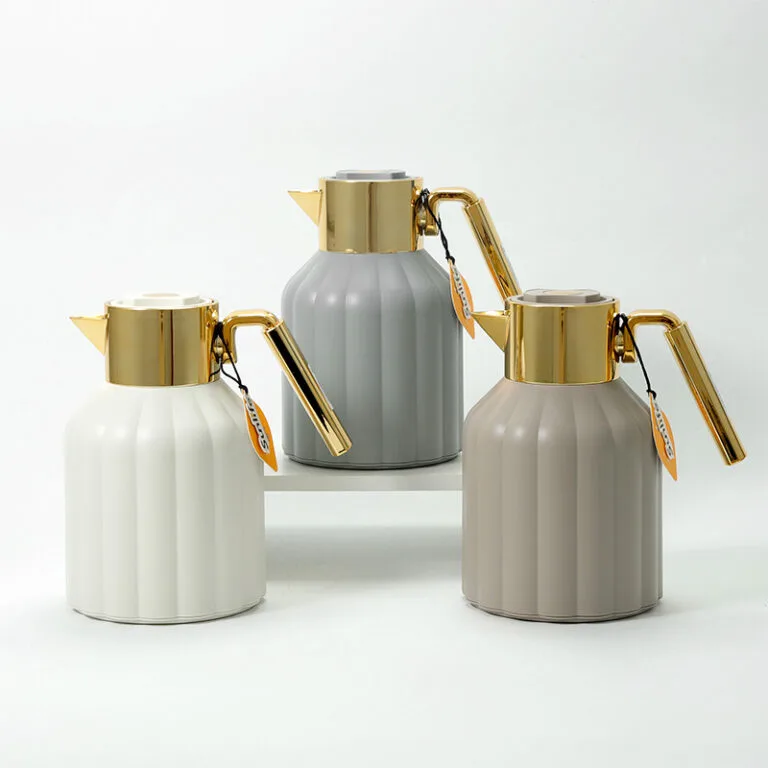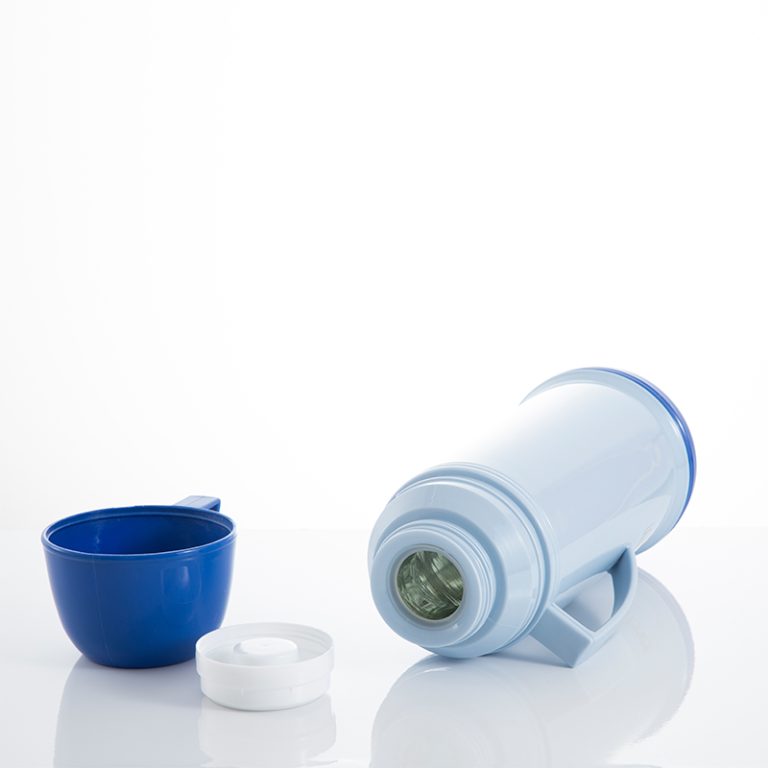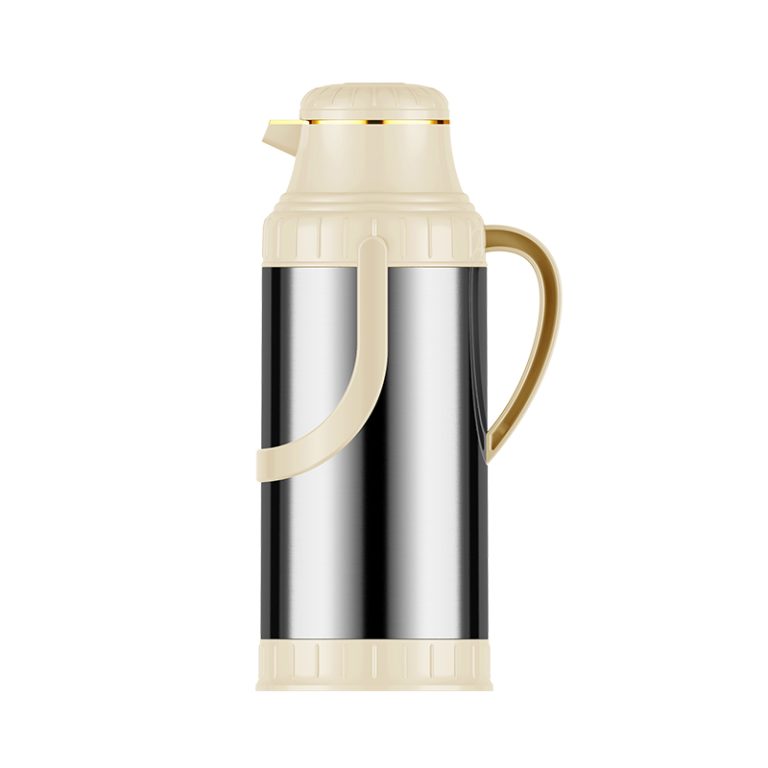Picture this: It’s 7 a.m., the sun’s just peeking through your kitchen window, and you’re firing up that trusty coffee pot for your morning ritual. The aroma hits, you pour that first steaming cup, and bam—sudden worry creeps in. “Wait, is this plastic thing leaching chemicals into my brew?” If you’ve ever had that nagging thought, you’re not alone. With all the chatter about plastics in our daily lives, it’s no surprise folks are side-eyeing their coffee makers. But let’s cut through the noise. Are plastic coffee pots safe? Spoiler: Most modern ones are, especially if they’re BPA-free. Still, heat plays a tricky role, and your health? Well, that’s what we’re unpacking today.
As someone who’s juggled a home office and a caffeine addiction for years, I’ve swapped out gear more times than I can count. One summer, I ditched my old plastic drip machine after reading about microplastics in hot drinks—turns out, it wasn’t just hype. Now, I stick to vetted options that let me sip without the second-guessing. In this post, we’ll dive deep into the science of BPA, how heat amps up risks, and real ways to keep your coffee ritual healthy. Stick around; by the end, you’ll brew with confidence.
What Exactly Is BPA, and Why Should It Rattle Your Coffee Routine?
BPA—bisphenol A—sounds like some lab concoction, right? It’s actually a chemical that’s been a staple in plastics since the 1950s, making everything from water bottles to those shiny CD cases tough and clear. Think of it as the glue holding polycarbonate plastics together. But here’s the rub: BPA can mimic estrogen in your body, potentially messing with hormones. Studies link it to everything from fertility hiccups to heart issues, especially in kids and fetuses.
Now, tie that to your coffee pot. Those affordable plastic models? Some older ones pack BPA in the lining or reservoir. When hot water hits, tiny bits can leach out—nothing dramatic in one cup, but over months? It adds up. I remember quizzing a buddy who’s a barista; he said half his customers grill him on this now. And data backs it: The FDA says current levels in food are safe, but groups like the Mayo Clinic urge caution, especially for hot stuff.
It’s not all doom, though. Since 2010-ish, “BPA-free” labels exploded on kitchen gear. These swap BPA for alternatives like BPS or BPF—better? Debatable. Some research shows those stand-ins might disrupt hormones just as much, or worse. So, next time you’re eyeing a sale on a plastic pot, flip it over. Look for that BPA-free stamp. It’s your first line of defense.
How Do Plastic Coffee Pots Work, Anyway? A Quick Peek Under the Hood
Before we freak about safety, let’s get real on what these pots are. Plastic coffee pots aren’t your grandma’s percolator—they’re lightweight, shatterproof wonders designed for busy mornings. Typically, you’ve got a plastic outer shell (often polypropylene or Tritan), a glass or stainless inner liner for the brew, and maybe a filter basket.
Take a standard 1-liter model: It heats water to about 195°F, drips it over grounds, and collects in that insulated body. Why plastic? It’s cheap, molds easy for fun shapes—like those Arabian-style pots with etched patterns—and holds heat without burning your hand. But safety hinges on materials. Good ones use food-grade plastics that won’t warp under steam.
From what I’ve seen in product lines, capacities run 0.5 to 2 liters, perfect for solo sippers or family pours. And customization? Oh man, some let you slap on patterns or colors, turning a mundane brewer into kitchen art. Just don’t skimp—cheap imports might cut corners on linings.
The Materials Breakdown: What’s Touching Your Brew?
To make it crystal, here’s a simple table on common plastic types in coffee pots:
| Plastic Type | Common Use | BPA Status | Heat Tolerance | Pro Tip |
| Polypropylene (PP) | Outer shells, lids | Usually BPA-free | Up to 250°F | Great for insulation; check for recycling code 5. |
| Tritan | Reservoirs, carafes | BPA-free by design | Microwave-safe levels | Clear like glass, but tougher—ideal for daily use. |
| Polycarbonate (PC) | Older models’ bodies | Often contains BPA | High (but risky) | Avoid if pre-2012; code 7 screams caution. |
| ABS | Handles, accents | BPA-free options rising | Moderate | Sturdy, but steer clear of direct heat contact. |
This isn’t exhaustive, but it shows variety. Pick wisely, and you’re golden.
The Heat Factor: When Does Plastic Start Talking Back to Your Health?
Ah, heat—the wildcard. We all know coffee’s gotta be hot to taste right, but cranking that temp can coax chemicals out of plastics like a bad blind date spilling secrets. At room temp, leaching is minimal. But hit 160°F or more? That’s when BPA or its cousins slip into the mix.
Real talk: A study on beverage containers found BPA release jumps with temp and time—think brewing a pot daily for a year. For coffee pots, it’s the repeated boil cycles that wear things down. Imagine your favorite mug, scratched from dishwasher runs; plastics fare worse with steam. Microplastics—those invisible flecks—can sneak in too, carrying hormone disruptors.
I’ve got a story: Last winter, I tested an off-brand pot that warped after two months of heavy use. The brew tasted off—metallic, almost. Turns out, heat had compromised the lining. Health-wise, experts say avoid microwaving plastics, even “safe” ones, ’cause heat amps leaching by up to 50%. Coffee pros echo this: Shorter brews at lower temps cut risks without sacrificing flavor.
But let’s not overdo the scare. Not all plastics melt down like that. High-quality, BPA-free ones hold up, tested to FDA specs. Still, if you’re pregnant or got thyroid issues, maybe lean glass. It’s that simple peace of mind.
Spotting the Red Flags: Signs Your Pot’s Past Its Prime
- Warping or cracking: Heat’s enemy number one—toss it.
- Off odors: Plastic smell in your coffee? Leaching alert.
- Fading labels: If “BPA-free” rubs off, so might safety claims.
- Daily grind wear: After 500 brews, inspect inside. Scratches invite trouble.
Bullet those checks into your routine. It’ll save headaches—and maybe a doc visit.
BPA-Free Plastics: Game-Changer or Just Greenwashing?
Fast-forward to today: BPA-free is everywhere, from baby bottles to your next coffee pot. These use stuff like polyethylene or copolyesters, which don’t pack that estrogen mimic. Harvard folks say it’s a win—exposure drops big time. In kitchenware, codes 1, 2, 4, and 5 are your safe bets: PET for bottles, HDPE for jugs, all low-leach.
Yet, here’s a curveball—some BPA swaps act similar under heat. A National Geographic piece called it out: “BPA-free” ain’t a free pass if alternatives lurk. Industry experience? I’ve chatted with suppliers who swear by third-party tests—look for FDA approval or EU compliance. Data from a 2023 review: BPA-free pots leach under 0.1 ppm in hot sims, way below limits.
For coffee lovers, it means flavor stays pure—no chemical aftertaste. And health? Less worry about that daily dose adding to your body’s load. Just remember, no plastic’s eternal; rotate ’em every couple years.
Everyday Tips: Brewing Safer Without Ditching the Plastic
You don’t need a lab coat to play it smart. Start with these:
- Go for glass inners: Many plastic pots have ’em—hot brew touches glass, not plastic.
- Cool it down: Brew at 185°F max. Tastes better anyway, per coffee geeks.
- Clean gentle: Hand-wash; dishwashers heat and scrub too rough.
- Store smart: Empty and air-dry. Stagnant heat breeds bacteria, not just chemicals.
- Upgrade savvy: Hunt models with thermal insulation—keeps coffee hot sans reheating plastic.
Oh, and a quirky aside: I once tried cold-brew in a plastic French press. Zero heat, all chill—turned me into a convert for lazy Sundays. Proves you can hack around risks creatively.
Meet WeiLai: Your Go-To for Worry-Free Plastic Coffee Pots
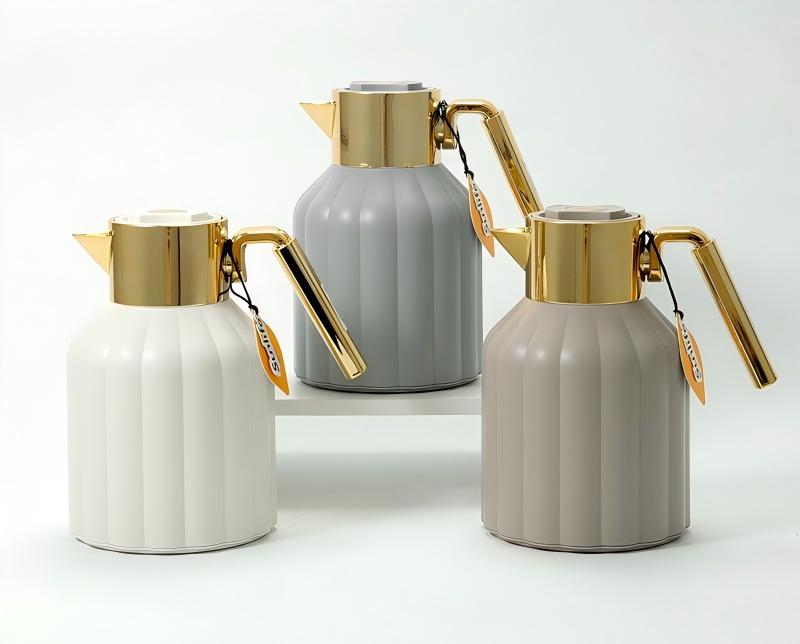
If you’re shopping smarter after this, check out WeiLai. They’re a dedicated supplier out of the plastics game, cranking out high-quality coffee pots that put safety first. With over a decade in the biz, WeiLai focuses on BPA-free designs—think 1.0L thermos kettles with glass refills and customizable patterns for that personal touch. Their plastic bodies? Food-grade, heat-resistant up to boiling, and tested rigorously for zero leaching. Whether you’re into sleek Arabian styles or everyday brewers, they’ve got ODM options to tweak for your needs. It’s not just pots; it’s peace in every pour. Swing by ywlf.com to see how they blend durability with health smarts.
Wrapping It Up: Sip Easy, Stay Informed
So, are plastic coffee pots safe? Yeah, the good ones are—BPA-free, heat-smart, and built to last. We’ve peeled back the layers on BPA’s sneaky side, heat’s hot temper, and how to pick winners without paranoia. Your health’s too precious for guesswork, but ditching coffee altogether? Nah, that’s overkill. Arm yourself with facts, tweak your routine, and enjoy that mug. After all, life’s too short for weak brew or needless worry. What’s your go-to pot these days? Drop a comment—let’s chat.
FAQs: Quick Hits on Plastic Coffee Pots and Safety
Are plastic coffee pots safe if they’re labeled BPA-free?
Absolutely, for most folks. BPA-free means no bisphenol A leaching, cutting hormone risks way down. Just watch for heat exposure—stick to tested materials, and you’re brewing golden.
What’s the deal with heat and plastic coffee pots—does it really amp up health risks?
Heat’s the troublemaker; it can nudge chemicals like BPS into your cup if the plastic’s iffy. Opt for lower brew temps or glass-lined pots to keep things chill—literally.
The truth about BPA in my daily coffee: How much is too much?
Tiny amounts add up over time, linked to stuff like fertility dips. But FDA levels are low-risk; swap to BPA-free, and you slash exposure without missing a beat.
Can heating plastic coffee pots cause long-term health issues?
Potentially, yeah—microplastics and leaches might tweak hormones or gut health. Not panic-level, but smart swaps like stainless accents make a difference.
How do I know if my plastic coffee pot’s still safe after months of use?
Eyeball for cracks or smells—those scream “retire me.” Regular rinses help, too. If in doubt, upgrade to a fresh one.

